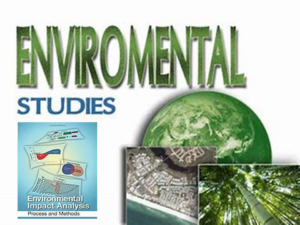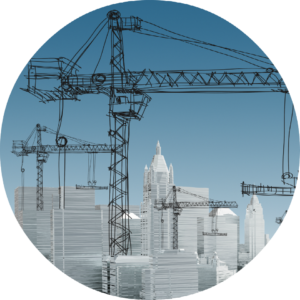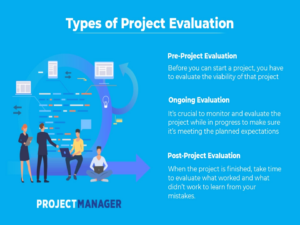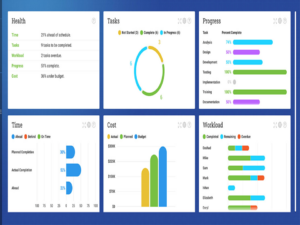ENGINEERING
ENGINEERING
The main column of our company "Engineering"

During the conceptual planning phase of capital projects, also known as schematic design, architects and engineers develop the project scope through detailed design documents that they use to estimate the project’s schedule and cost.
This article examines the process of conceptual planning from a pharmaceutical owner’s perspective.
In doing so, it explains the many activities that occur during conceptual planning, activities such as defining functional objectives, operational concepts, master plans, schedules, and financial goals.
It also identifies the phase’s key issues as well as the pharmaceutical industry’s primary considerations when developing capital projects, considerations involving the strategic (innovative manufacturing capabilities, project goals, project funding) and the technical (implementation, documentation, cost and schedule estimating, risk management).
Structural engineering is a sub-discipline of civil engineering in which structural engineers are trained to design the ‘bones and muscles’ that create the form and shape of man-made structures.
Structural engineers also must understand and calculate the stability, strength, rigidity and earthquake-susceptibility of built structures for buildings and nonbuilding structures.
The structural designs are integrated with those of other designers such as architects and building services engineer and often supervise the construction of projects by contractors on site.
They can also be involved in the design of machinery, medical equipment, and vehicles where structural integrity affects functioning and safety.
Simply stated, it is a systematic approach to managing cost throughout the life cycle of any enterprise, program, facility, project, product, or service.
This is accomplished through the application of cost engineering and cost management principles, proven methodologies, and the latest technology in support of the management process.

Every aspect of the project is measured to determine if it’s proceeding as planned, and if not, inform how project parts be improved. Basically, you’re asking the project a series of questions designed to discover what is working, what can be improved and whether the project is in fact useful. Tools like project dashboards and trackers help in the evaluation process by making key data readily available.
The project evaluation process has been around as long as there have been projects to evaluate. But when it comes to the science of project management, project evaluation can be broken down into three main types: pre-project evaluation, ongoing evaluation and post-project evaluation. So, let’s look at the project evaluation process, what it entails and how you can improve your technique.
Three Types of Project Evaluation
There are three points in a project where evaluation is most needed. While you can evaluate your project at any time, these are points where you should have the process officially scheduled.
Pre-Project Evaluation
In a sense, you’re pre-evaluating your project when you write your project charter to pitch to the stakeholders. You cannot effectively plan, staff and control a new project if you’ve first not evaluated it. Pre-project evaluation is the only sure way you can determine the effectiveness of the project before executing it.
Ongoing Evaluation
To make sure your project is proceeding as planned and hitting all the scheduling and budget milestones you set, it’s crucial that you are constantly monitoring and reporting on your work in real-time. Only by using project metrics can you measure the success of your project and whether or not you’re meeting the project’s goals and objectives.
Post-Project Evaluation
Think of this as a postmortem. The post-project evaluation is when you go through the project’s paperwork, interview the project team and principles, and analyze all relevant data so you can understand what worked and what went wrong. Only by developing this clear picture can you resolve issues in upcoming projects.

Geotechnical studies examine soil structure and other attributes that, combined with geophysical findings, create the geological model needed to establish engineering parameters for turbine foundations, substations, cable burial trenches, and other infrastructure.

Integrated reservoir management
In Oil & Gas industry that is basically a way of combining complementary approaches and techniques such as reservoir characterization, use of complex well architecture, geophysical, geology, special core analysis design of recovery processes, reservoir monitoring and reservoir simulation, and creating a positive synergy between them.
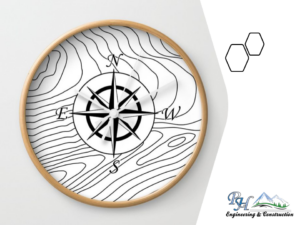
Cartography
is the science of making maps and reading maps. Cartography lets you know how to make maps based on location, distances, angles, scale, legend, etc… and lets you know how to read maps correctly and know your location or any location by reading the map.
Topography
is the study of the shape and features of land surfaces.
Our topographic surveying and mapping company delivers state-of-the-art, innovative services in the fields of terrestrial topography and aerial mapping by photogrammetry, implementing the more recent technologies such as lidar, mobile mapping, bathymetry, drones, 3D city models and BIM.
Over the years, thanks to our multiple skills, we have provided support and advice to a wide range of clients including international clients for large scale projects, individuals and promoters, engineering firms, architects, industrial and scientific sites, among others.
By providing a highly professional service, we at ensure customer satisfaction and qualitative efficiency. Our professional services include construction essentials, along with electrical and plumbing installations, drain pipe laying, gypsum soffits, membrane and more.
Our turnkey solutions are made up of design, planning, building, painting and finishing services.
Our plumbing solutions include drainpipe laying, trenching and plumbing planning services.
We carry out a range of electrical works including pointing, earth installations and general electrical work.
